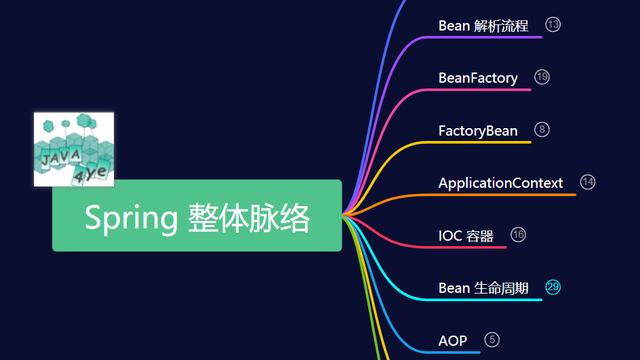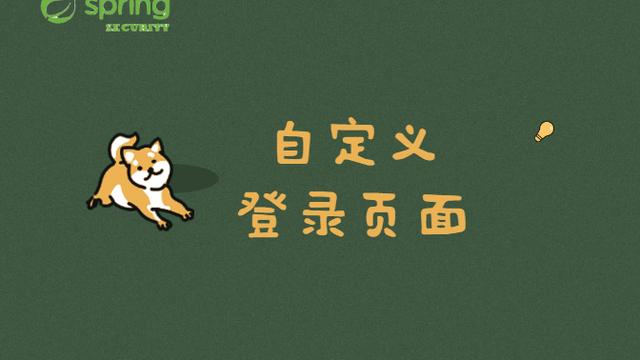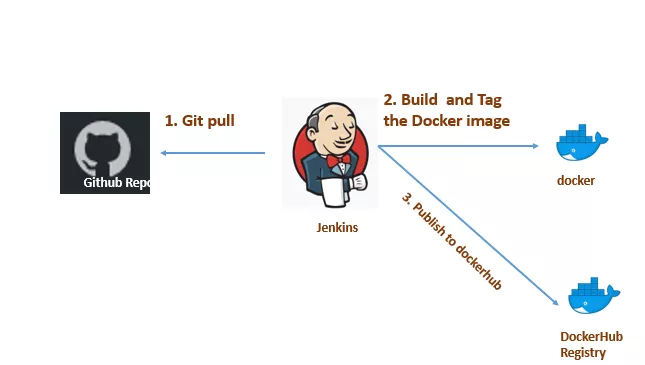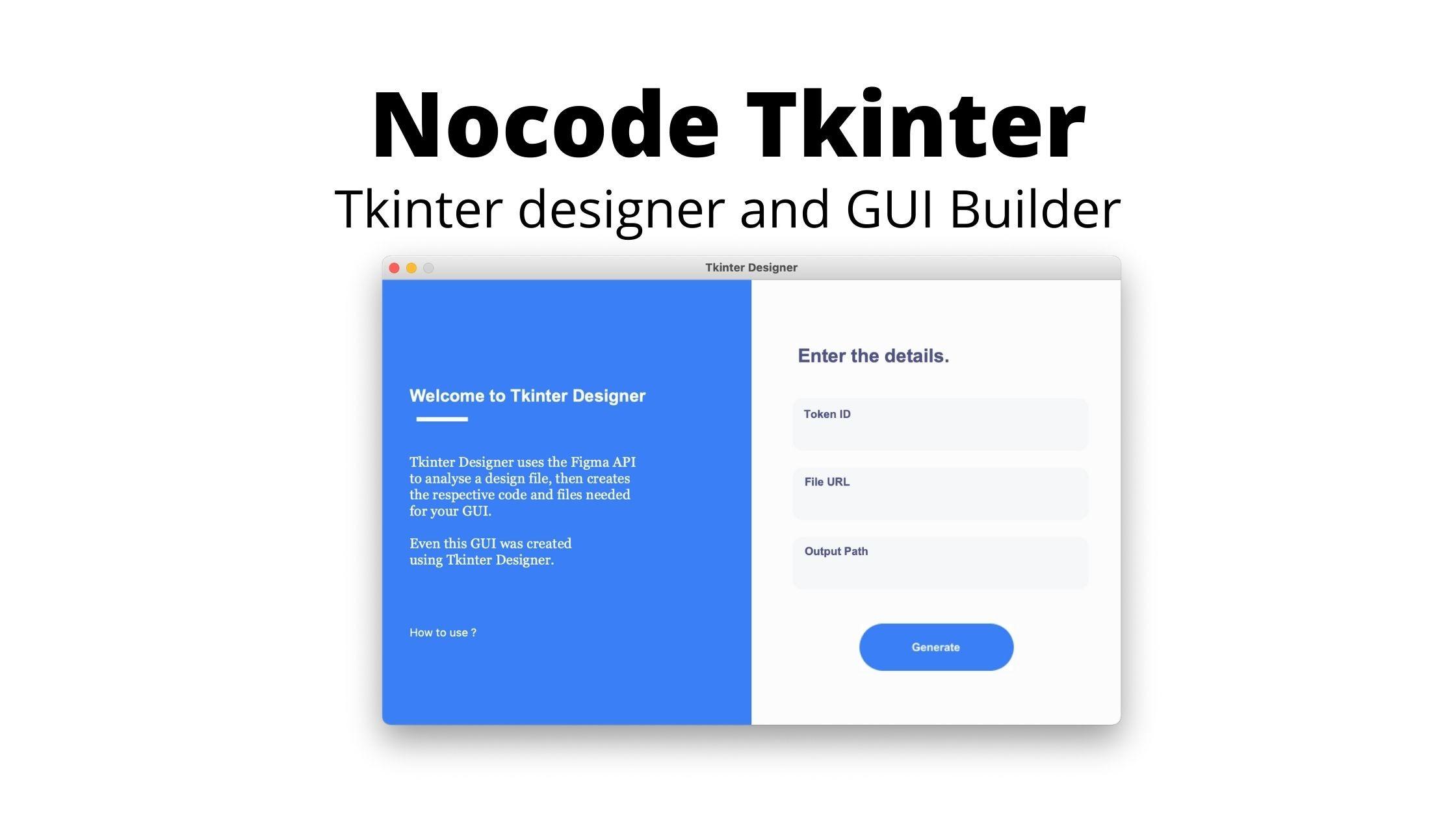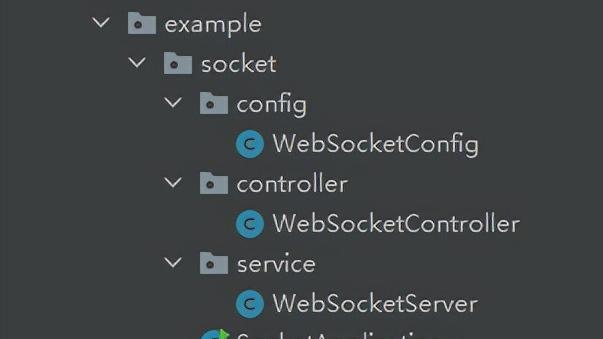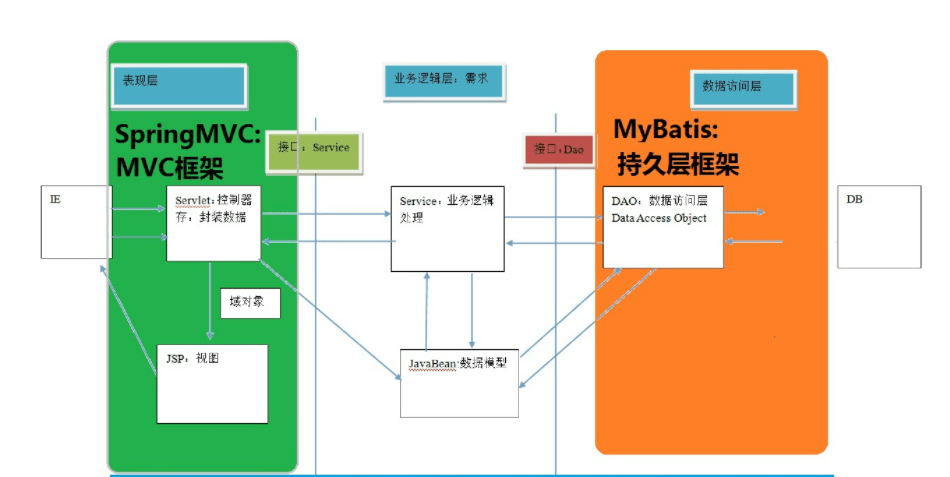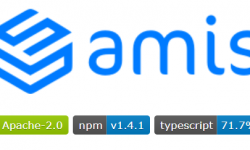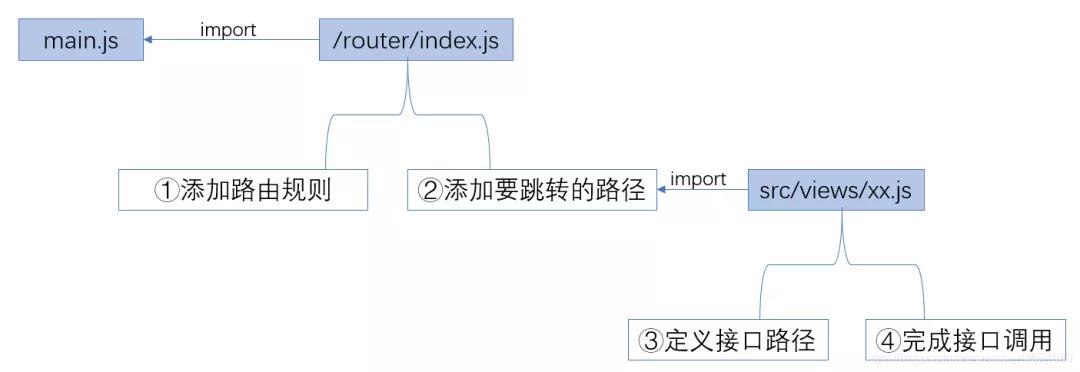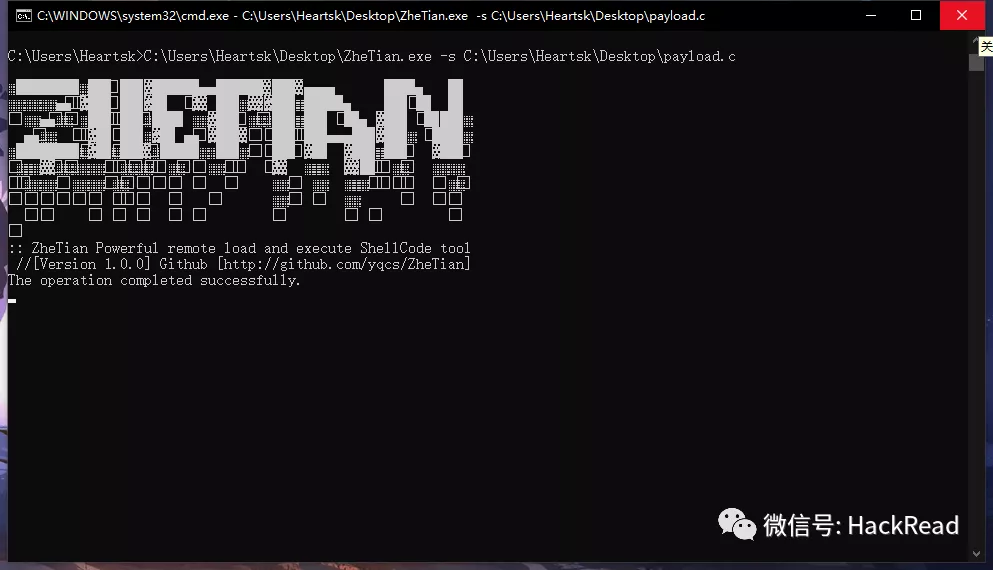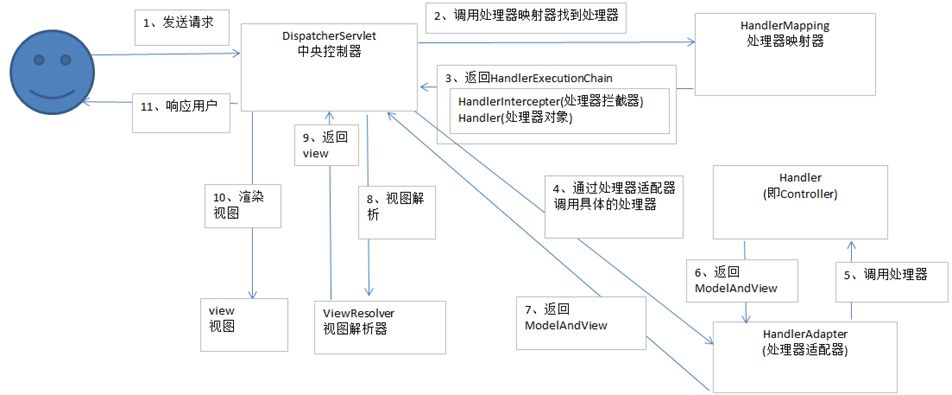还搞不清Spring 与 Spring MVC 容器之间的关系?
在使用Spring MVC的时候,标准的配置是如下这样的:

注意注意:小编整理了一份Spring全家桶笔记:Spring+Spring Boot+Spring Cloud+Spring MVC,有需要的朋友可以私信“spring”免费领取
1.ContextLoaderListener配置:
<!-- Spring读取Spring的配置文件 --> <context-param> <!-- 名称 --> <param-name>contextConfigLocation</param-name> <!-- 文件的位置 --> <param-value>classpath:Application-context.xml</param-value> </context-param> <context-param> <param-name>webAppRootKey</param-name> <param-value>meipian</param-value> </context-param> <!-- Spring 的监听器配置 --> <listener> <!-- 在Spring-web包下 context --> <listener-class>org.springframework.web.context.ContextLoaderListener </listener-class> </listener>
2.DispatcherServlet的配置:
<servlet> <servlet-name>meipian</servlet-name> <!-- 配置SpringMVC核心控制器 --> <servlet-class>org.springframework.web.servlet.DispatcherServlet</servlet-class> <init-param> <param-name>contextConfigLocation</param-name> <param-value>classpath:springmvc.xml</param-value> </init-param> </servlet> <servlet-mapping> <servlet-name>meipian</servlet-name> <url-pattern>/*</url-pattern> </servlet-mapping>
ContextLoaderListener监听器的作用就是启动Web容器时,自动装配ApplicationContext的配置信息。因为它实现了ServletContextListener这个接口,在web.xml配置这个监听器,启动容器时,就会默认执行它实现的方法。
Spring MVC的使用的容器是WebApplicationContext。那么他和ContextLoaderListener所初始化的ApplicationContext有什么关系呢?
可以从DispatcherServlet的初始化过程说起:DispatcherServlet拦截了所有的请求,所以访问任何一个接口都会初始化DispatcherServlet对象。
初始化DispatcherServlet只是做了一个很简单的事:
public DispatcherServlet() {
super();
setDispatchOptionsRequest(true);
}
其父类FrameworkServlet初始化什么也没有:
public FrameworkServlet() {
}
然后Tomcat会调用DispatcherServlet的init方法,在 Servlet 的生命期中,仅执行一次 init() 方法。它是在服务器装入 Servlet 时执行的。 可以配置服务器,以在启动服务器或客户机首次访问 Servlet 时装入 Servlet。 无论有多少客户机访问 Servlet,都不会重复执行 init() 。别问我为什么会调用init方法,这是servlet的规范。DispatcherServlet的init方法是在父类FrameworkServlet的父类HttpServlet中实现的:
@Override
public final void init() throws ServletException {
if (logger.isDebugEnabled()) {
logger.debug("Initializing servlet '" + getServletName() + "'");
}
// Set bean properties from init parameters.
try {
PropertyValues pvs = new ServletConfigPropertyValues(getServletConfig(), this.requiredProperties);
BeanWrapper bw = PropertyAccessorFactory.forBeanPropertyAccess(this);
ResourceLoader resourceLoader = new ServletContextResourceLoader(getServletContext());
bw.registerCustomEditor(Resource.class, new ResourceEditor(resourceLoader, getEnvironment()));
initBeanWrapper(bw);
bw.setPropertyValues(pvs, true);
}
catch (BeansException ex) {
logger.error("Failed to set bean properties on servlet '" + getServletName() + "'", ex);
throw ex;
}
// Let subclasses do whatever initialization they like.
initServletBean();
if (logger.isDebugEnabled()) {
logger.debug("Servlet '" + getServletName() + "' configured successfully");
}
}
会调用DispatcherServlet的initServletBean()方法就是初始化WebApplicationContext的方法。这个方法在其子类FrameServlet方法中实现:
@Override
protected final void initServletBean() throws ServletException {
getServletContext().log("Initializing Spring FrameworkServlet '" + getServletName() + "'");
if (this.logger.isInfoEnabled()) {
this.logger.info("FrameworkServlet '" + getServletName() + "': initialization started");
}
long startTime = System.currentTimeMillis();
try {
this.webApplicationContext = initWebApplicationContext(); //初始化WebApplicationContext对象
initFrameworkServlet();
}
catch (ServletException ex) {
this.logger.error("Context initialization failed", ex);
throw ex;
}
catch (RuntimeException ex) {
this.logger.error("Context initialization failed", ex);
throw ex;
}
if (this.logger.isInfoEnabled()) {
long elapsedTime = System.currentTimeMillis() - startTime;
this.logger.info("FrameworkServlet '" + getServletName() + "': initialization completed in " +
elapsedTime + " ms");
}
}
initWebApplicationContext方法如下所示:
protected WebApplicationContext initWebApplicationContext() {
WebApplicationContext rootContext =
WebApplicationContextUtils.getWebApplicationContext(getServletContext());
WebApplicationContext wac = null;
if (this.webApplicationContext != null) {
// A context instance was injected at construction time -> use it
wac = this.webApplicationContext;
if (wac instanceof ConfigurableWebApplicationContext) {
ConfigurableWebApplicationContext cwac = (ConfigurableWebApplicationContext) wac;
if (!cwac.isActive()) {
// The context has not yet been refreshed -> provide services such as
// setting the parent context, setting the application context id, etc
if (cwac.getParent() == null) {
// The context instance was injected without an explicit parent -> set
// the root application context (if any; may be null) as the parent
cwac.setParent(rootContext);
}
configureAndRefreshWebApplicationContext(cwac);
}
}
}
if (wac == null) {
// No context instance was injected at construction time -> see if one
// has been registered in the servlet context. If one exists, it is assumed
// that the parent context (if any) has already been set and that the
// user has performed any initialization such as setting the context id
wac = findWebApplicationContext();
}
if (wac == null) {
// No context instance is defined for this servlet -> create a local one
wac = createWebApplicationContext(rootContext);
}
if (!this.refreshEventReceived) {
// Either the context is not a ConfigurableApplicationContext with refresh
// support or the context injected at construction time had already been
// refreshed -> trigger initial onRefresh manually here.
onRefresh(wac);
}
if (this.publishContext) {
// Publish the context as a servlet context attribute.
String attrName = getServletContextAttributeName();
getServletContext().setAttribute(attrName, wac);
if (this.logger.isDebugEnabled()) {
this.logger.debug("Published WebApplicationContext of servlet '" + getServletName() +
"' as ServletContext attribute with name [" + attrName + "]");
}
}
return wac;
}
会默认走到
createWebApplicationContext方法:
protected WebApplicationContext createWebApplicationContext(ApplicationContext parent) {
Class<?> contextClass = getContextClass();
if (this.logger.isDebugEnabled()) {
this.logger.debug("Servlet with name '" + getServletName() +
"' will try to create custom WebApplicationContext context of class '" +
contextClass.getName() + "'" + ", using parent context [" + parent + "]");
}
if (!ConfigurableWebApplicationContext.class.isAssignableFrom(contextClass)) {
throw new ApplicationContextException(
"Fatal initialization error in servlet with name '" + getServletName() +
"': custom WebApplicationContext class [" + contextClass.getName() +
"] is not of type ConfigurableWebApplicationContext");
}
ConfigurableWebApplicationContext wac =
(ConfigurableWebApplicationContext) BeanUtils.instantiateClass(contextClass);
wac.setEnvironment(getEnvironment());
wac.setParent(parent);
wac.setConfigLocation(getContextConfigLocation());
configureAndRefreshWebApplicationContext(wac);
return wac;
}
在没有 contexloaderListener的情况下,parent是空的。
在有 contexloaderListener的情况下,发现parent不是空的。
而且在Spring MVC的配置中,如果你将Service的配置与mvc的配置写在一起,有没有contexloaderListener无所谓的。
原文链接:
https://juejin.im/post/58e5b7d3b123db15eb8143ae

